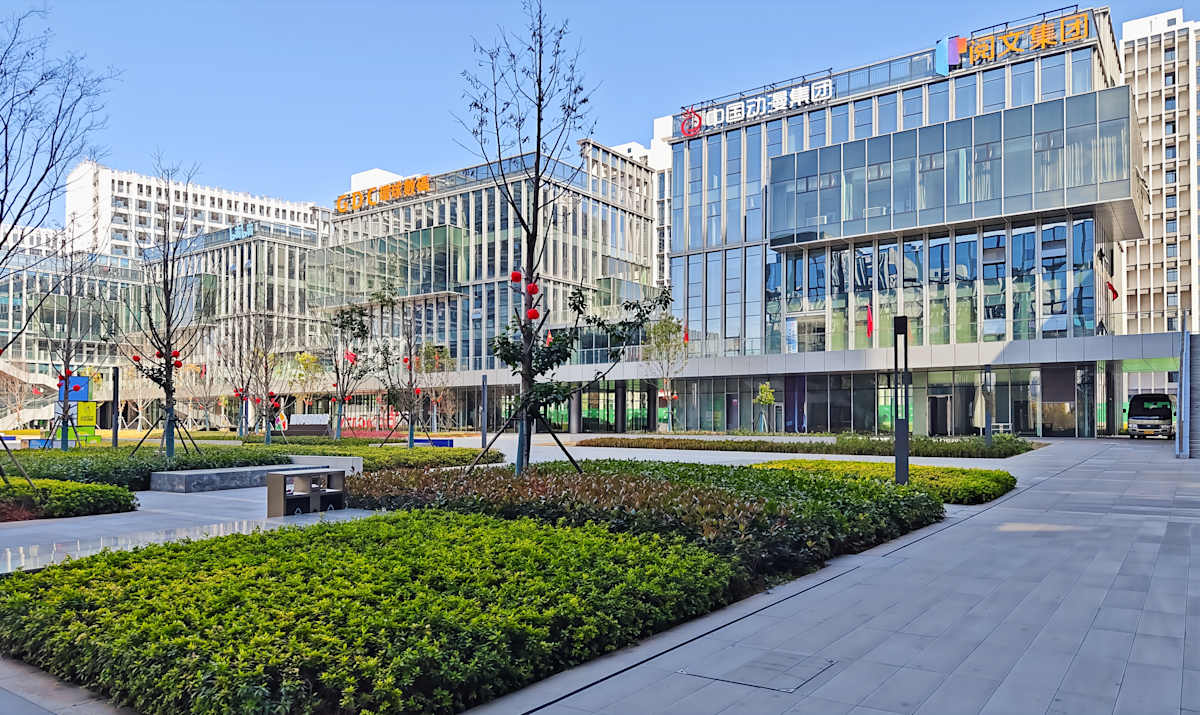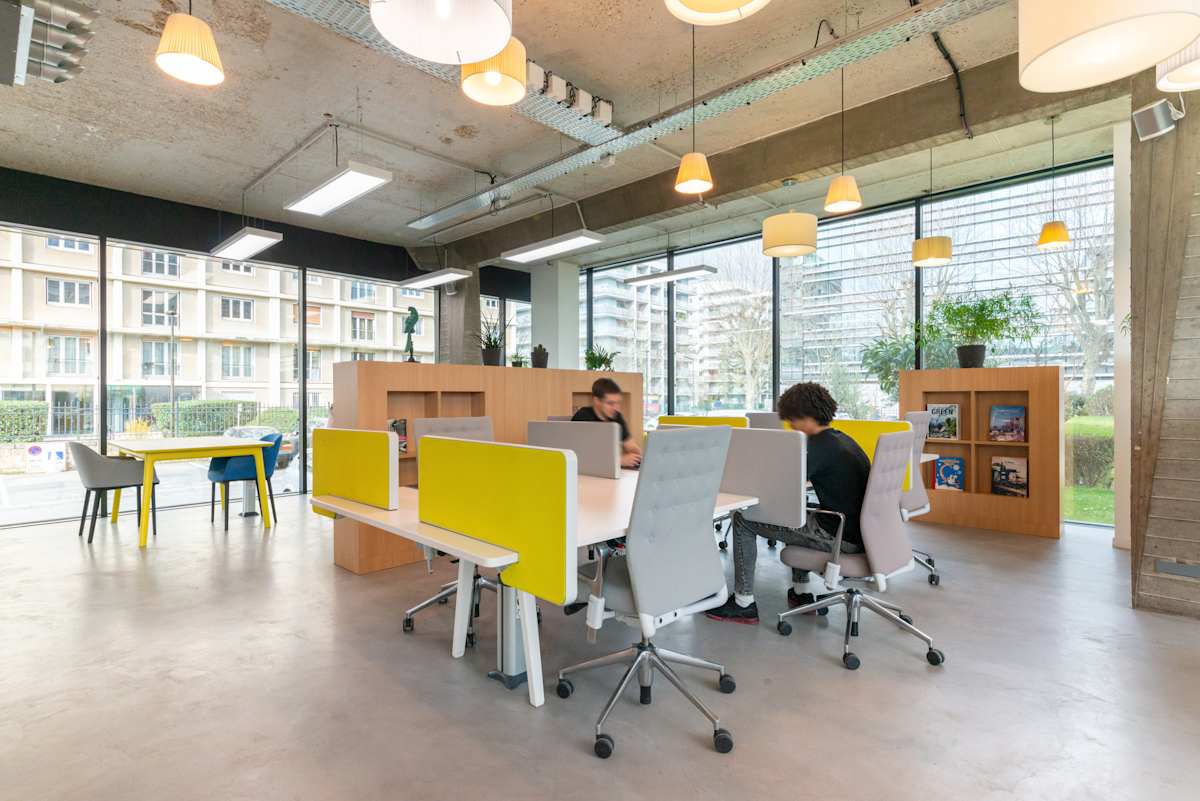Workwear Re-imagined: IWG Study and Collaboration with Top Stylist Examines How Hybrid Working has Re-invented Business Attire
IWG study shows that nearly 80% of U.S. hybrid workers dress differently now as an impact of a more flexible work environment
Employees favor Quiet Luxury, Dopamine Dressing, Preppy Streetwear and Individualism fashion trends as reflections of their preferred style and how they wish to be seen by colleagues and industry peers
New York – September 18, 2023 – IWG, plc (LSE:IWG), the world’s largest provider of flexible workspaces and hybrid work solutions, today released findings from the IWG Study: The Evolution of Office Fashion in a Hybrid World, revealing that 79% of all hybrid workers dress differently now as an impact of their flexible work environments. The report examines insights on fashion trends from a new poll of 1,000 U.S.-based hybrid employees along with commentary from an industry expert.
Following the increase of hybrid work over the last three years, the study gauges current views on wear-to-work fashion, uncovering new work fashion trends and how attire has changed with hybrid work. IWG partnered with New York City-based stylist and creative consultant Diana Tsui to analyze fashion trends that have emerged since the increase of large-scale hybrid work. A stylist for celebrity shoots featuring Ali Wong, Zoe Kazan and Willem Dafoe, among others, Tsui was a senior market editor for New York Magazine’s The Cut where she launched the “In Her Shoes” wear-to-work column.
Research conducted in August 2023 for the IWG report, more than 1,000 U.S. hybrid workers were asked for their insights on current and future fashion trends, what is considered appropriate to wear in a hybrid office environment, and how they've evolved their style to reflect present day attitudes: Quiet Luxury (47%), Dopamine Dressing (38%), Preppy Streetwear (25%) and Individualism (22%), to name a few. Nearly 60% of hybrid workers say their companies have dress codes in place, and 79% believe they are “strictly enforced” by their employers; however, the dichotomy of today’s professional landscape is best exemplified by what respondents consider the new hybrid work essentials to be: suits (19%) and sneakers (16%).
“As attitudes towards what’s considered appropriate workwear evolves, fashion trends that normally would be reserved for off-duty hours have found their way into weekday dressing. It doesn’t make sense to have a closet full of drab suits reserved for Monday through Friday and a closet of fun clothes for the weekend,” Tsui said. “The pandemic made companies realize that workers felt their best when they were able to wear outfits that reflected their personal style. Post-pandemic, we all want to have a little fun with our looks and hybrid working allows for creativity and flexibility.” That being said, Tsui acknowledges not all trends are created equal and some lend themselves better to professional settings.
“The demand for hybrid work continues to increase dramatically, and this evolution impacts everything from real estate to fashion,” said IWG Founder and CEO Mark Dixon. “Companies are seeing the benefits of hybrid work, from cost-savings to employee satisfaction and morale, to environmental impacts – and workers are dressing more comfortably and changing their styles to match.”
Top takeaways include:
- The adoption of hybrid work has transformed office workwear and altered the way workers dress
- 79% say they dress differently now because of their flexible work schedules
- Men are changing up their wardrobes the most with 85% responding that they've noticed a shift in their professional attire compared to 77% of women and 62% of non-binary or fluid persons
- Comfort is the key driver: 53% of all hybrid workers seek clothing for ease as they toggle between professional and personal tasks in a flexible work setting; 35% blend casual and formal elements of clothing while only 21% say their look is “dressed up” more than before going hybrid
- Workers are blending their professional and personal wardrobes, leaning toward high quality and adaptable pieces that are always in style, which has led to a slight uptick in overall spend on clothing.
- Pre-pandemic, 52% of respondents spent $250-$1,500 annually on clothing, vs. 54% spending the same amount now
- New hybrid work-driven fashion trends that have emerged include:
- Quiet Luxury – Nearly half (47%) of hybrid workers prefer a minimalist style, which is represented by sleek clothing which is often monochromatic and meant to be worn season after season
- Tailoring – Suiting and tailored pieces that are generally traditional business attire account for 42% of respondents.
- Dopamine Dressing – More than one-third (38%) of respondents want to stand out and express joy at work through bright colors and unique pieces
- Tomato Girl/Boy – This style is preferred by more than one quarter (29%) of respondents and includes natural hues with a pop of red
- Preppy Streetwear – One quarter (25%) prefer this blend of genres which fuses refined elements with urban, casual aesthetics
- Individualism – Just as hybrid work breaks down the barriers of traditional offices, individualist fashion smashes the cookie-cutter mold of fashion norms for 22% of respondents
- Where you live impacts how you dress, with Texans seeing the biggest change in their outfit. Respondents in these cities have changed their workwear dress the most since working hybrid:
-
- Dallas – 91%
- San Antonio – 90%
- Houston – 85%
- (TIE) Los Angeles – 84% and New York – 84%
-
- At the lower end, only 57% of those in Boston and 60% of those in Memphis say they have changed their workwear since adopting hybrid work
- 69% of hybrid workers believe what you wear to work reflects the title and level of role within a hybrid work organization
- Millennials are quick to adapt to new attitudes with 86% revamping their choices. Just behind is Gen X at 77% and Gen Z at 74%. Boomers on the other hand, are split, with 51% noticing a difference.
- Dress codes are changing
- 57% of hybrid workers say their companies have a dress code and 79% believe they are “strictly enforced” by their employers
- American workers say their companies allow jeans (79%), sneakers (78%), sheer details (56%) shorts (54%) baseball caps (49%), and flip flops (47%)
- Employers deem the following inappropriate: gym clothes (58%), miniskirts (56%), crop tops (54%)
- The dichotomy of today’s professional landscape is best exemplified by the new hybrid work essentials: suits (19%) and sneakers (16%)
The report is the latest research from IWG, underscoring the company’s commitment to sharing its wealth of insights and data on hybrid work. Previously, IWG conducted a CFO study outlining the sentiment on current economic uncertainties and how companies are saving on costs through hybrid work.
Last month, IWG reported its half-year system-wide revenue — the highest ever reported for the 34-year-old company — grew 14% from franchise and joint-venture partners to a record 1.68 billion pounds, as the company continues its growth trajectory to meet the increasing demand for hybrid work.
Most of IWG's new locations are planned in the heart of local communitites, providing a workplace close to home, reducing the need for long commutes, and giving employees a better work-life balance and time to spend with their friends and families.






